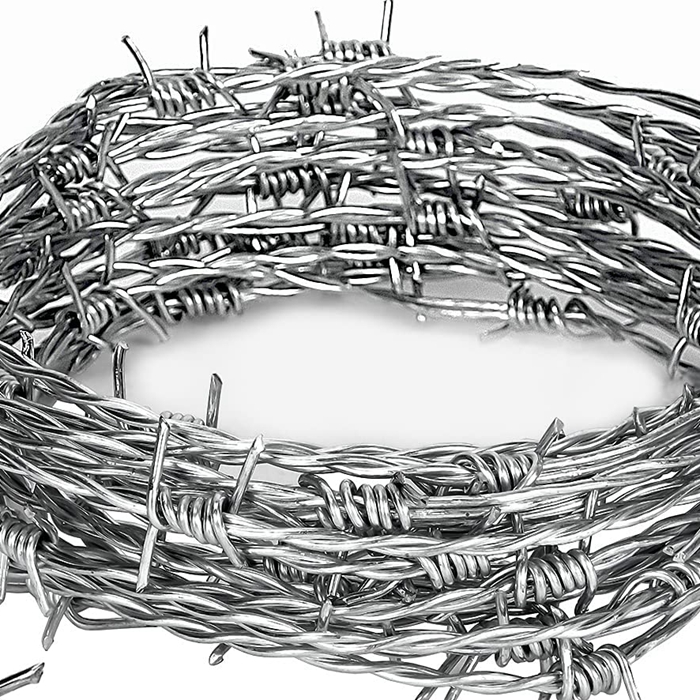Around the middle of the nineteenth century, most farmers began to reclaim wasteland and moved westward to the plains and the southwestern border respectively. Due to the migration of agriculture, farmers are more aware of changing the environment. Before the land was reclaimed, it was full of stones and lack of water. After the agricultural migration, due to the lack of local agricultural tools and corresponding agricultural technology, many places were occupied by no one, and became unowned. For the new planting environment, in order to adapt to this situation, many farmers began to set up barbed wire fences in their planting areas.
Due to the lack of materials in the early land reclamation, in people's traditional concept, the wall made of stone and wood can play a protective role, which can protect its borders from being destroyed by other external forces and trampled by animals, so the protection awareness is strong.
With a shortage of wood and stone, people are constantly looking for alternatives to traditional fences to protect their crops. In the 1860s and 1870s, people began to cultivate plants with thorns as fences, but with little effect.
Due to the scarcity and high price of plants, and the inconvenience of construction, they were abandoned by people. Due to the lack of fences, the land reclamation process was not so smooth.

By 1870, high quality smooth silk was available in various lengths. Stockmen used these smooth wires to surround the fence, but found that the poultry kept coming in and out.
Then, in 1867, two inventors attempted to add spines to the smooth silk, but nothing proved practical. Until 1874, Michael Kelly invented a very practical method of adding thorns to silk, and then began to use it in large quantities.
Joseph Glidden found that there is a wooden rope in an ordinary small village. There are many sharp iron nails on one side of the rope, and smooth iron wires are tied on the other side. This discovery made him extremely excited. It also made his invention appear in the shape of the barbed wire. Glidden placed the spines in a makeshift coffee bean grinder, then twisted the spines at intervals along a smooth wire and twisted another wire around the spines to hold it in place.
Glidden is known as the father of the barbed wire. After his successful invention, it continues to this day with more than 570 patented inventions of barbed wire. It is "one of the inventions that changed the face of the world".

In China, most factories producing barbed wire directly process galvanized wire or plastic-coated iron wire into barbed wire. This method of weaving and twisting the barbed wire will improve the production efficiency, but sometimes there is a disadvantage that the barbed wire is not fixed enough.
With the development of technology, some manufacturers now start to use some embossing process, so that the surface of the wire rod is no longer completely smooth, thus greatly improving the effect of stabilizing the pitch.
With its sharp thorns, long service life, and convenient and unlimited installation, barbed wire has been widely used in gardens, factories, prisons and other places that need to be isolated, and has been recognized by people.
Contact Us
22nd, Hebei Filter Material Zone, Anping, Hengshui, Hebei, China
Contact us


Post time: Apr-13-2023



